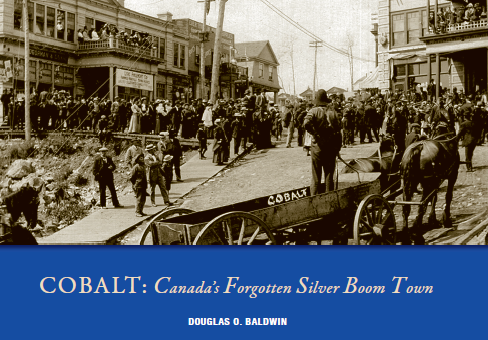Almost nothing is left of the Gunnar uranium mine. What didn’t decay after the mine on the north shore of Lake Athabasca was abandoned more than five decades ago was later hauled away as part of a massive — and massively over-budget — cleanup operation. Patricia Sandberg, whose father and grandfather worked for Gunnar Mining Ltd., and who spent eight years of her childhood at the northern Saskatchewan mine, worries it will be forgotten altogether.
“It is a part of Canadian history that most people don’t know about, and I think it’s really important,” said Sandberg, whose new book, Sun Dogs and Yellowcake, chronicles the mine’s history and records the stories of the people who lived and worked there.
The Gunnar uranium mine, located about 800 kilometres north of Saskatoon, was discovered by prospectors working for Gilbert LaBine, the Ontario-born explorer who is widely considered the father of Canada’s uranium industry.
























